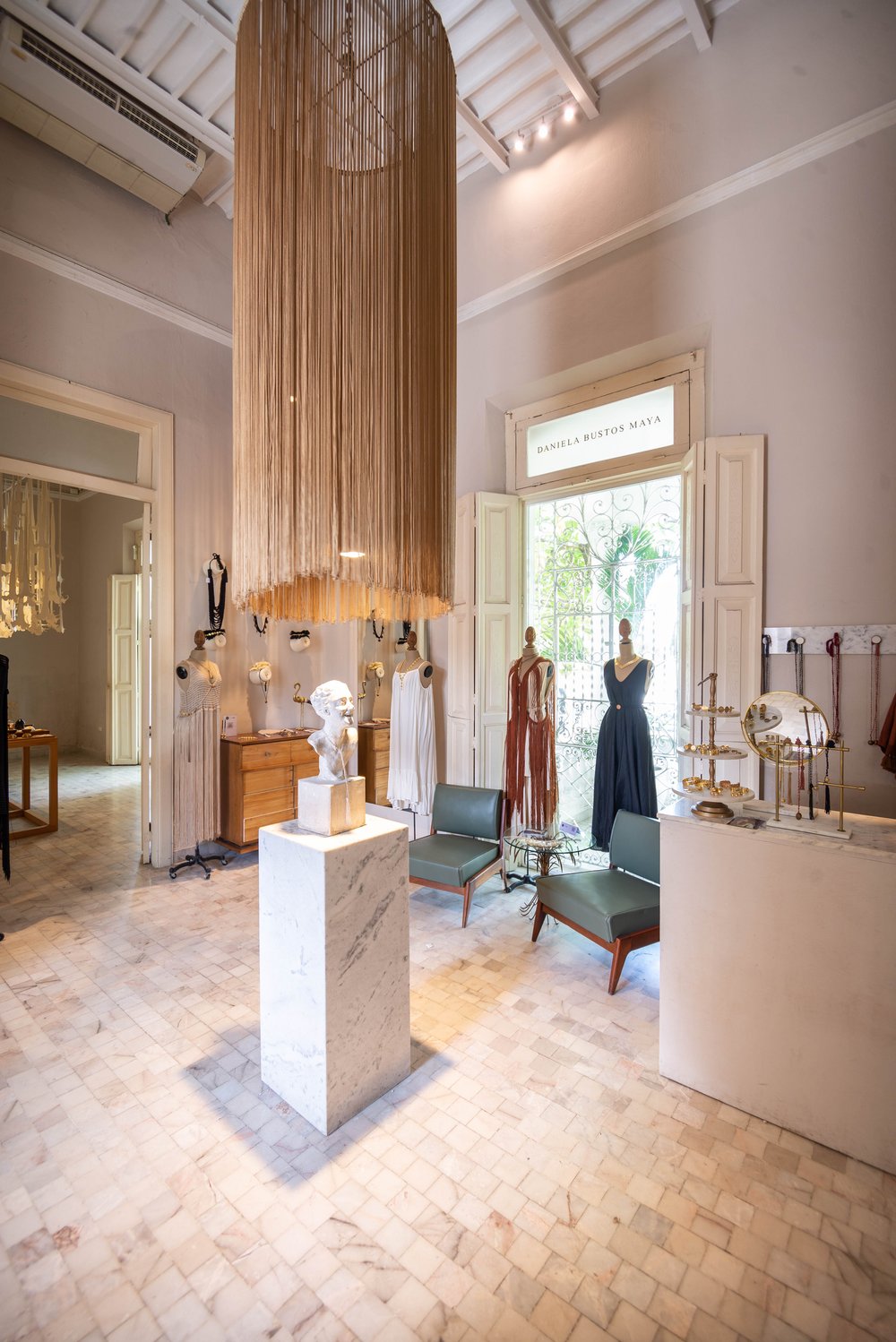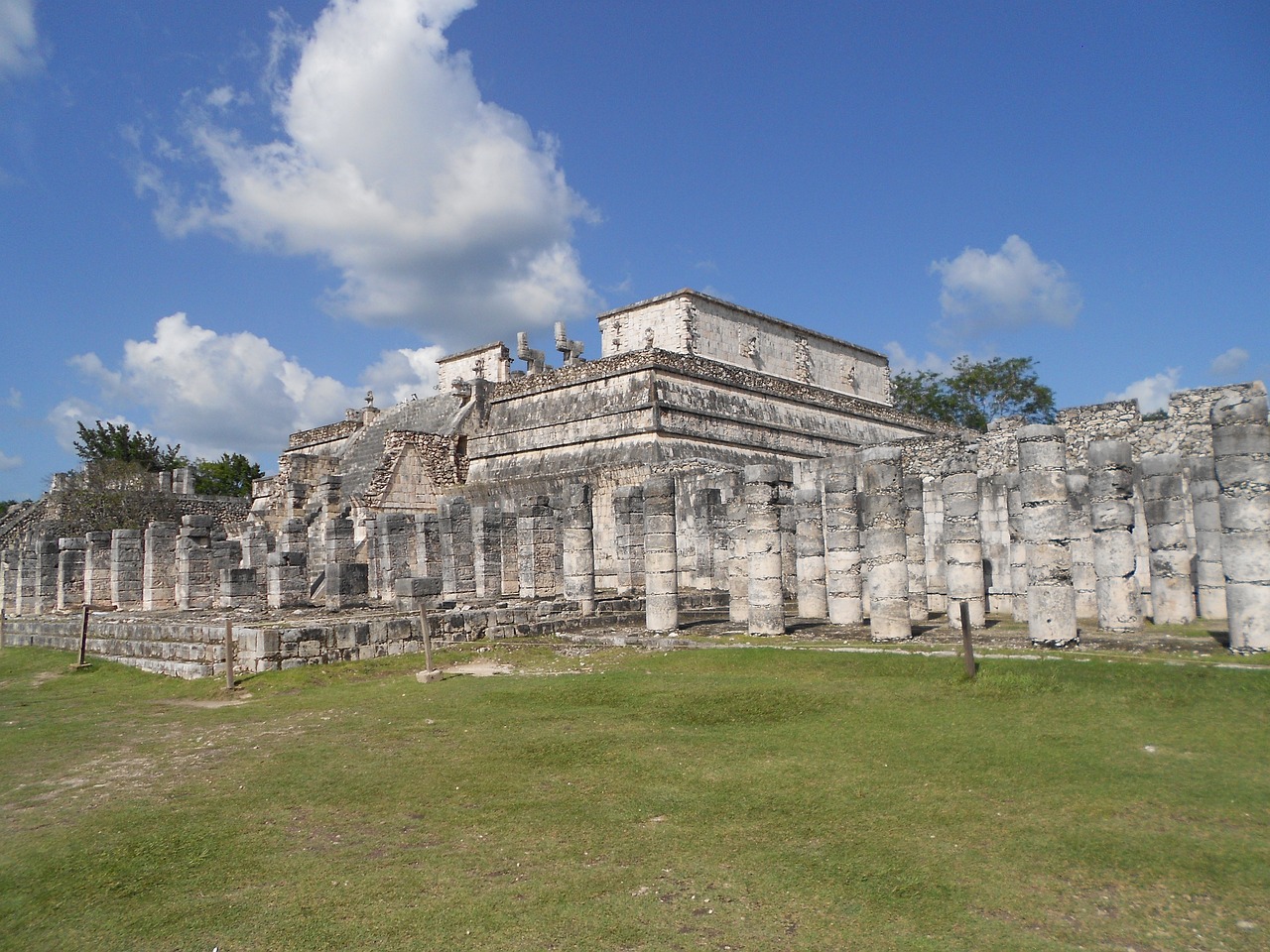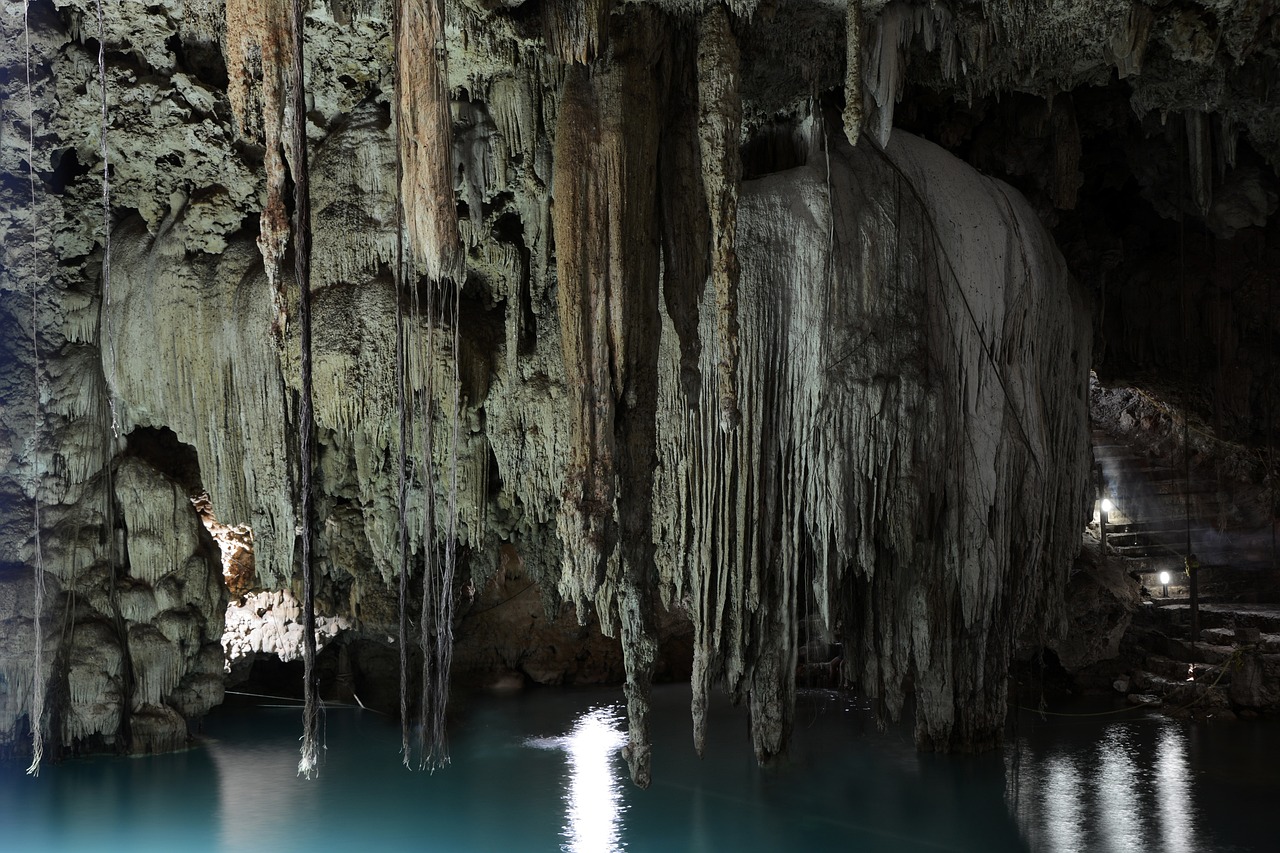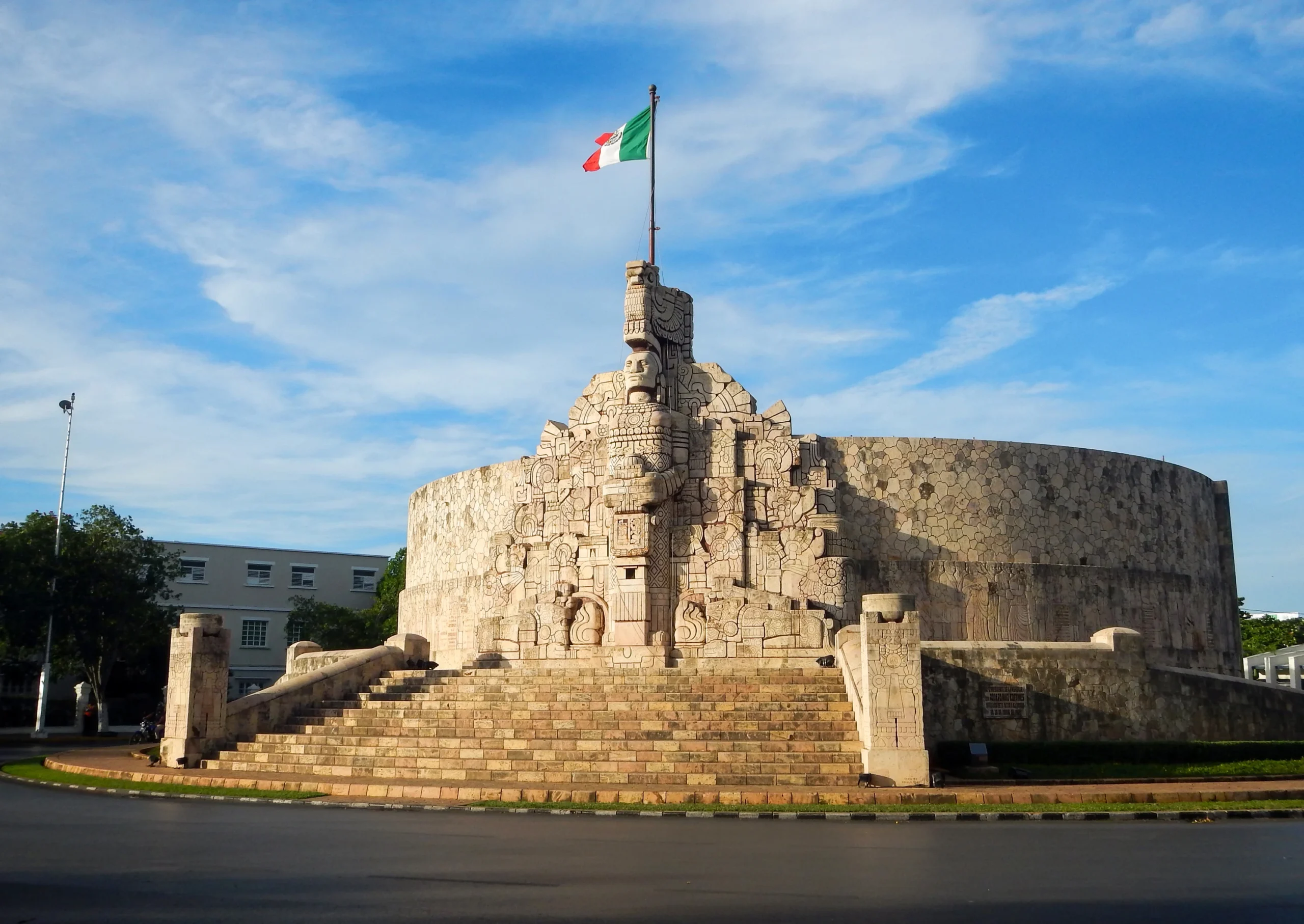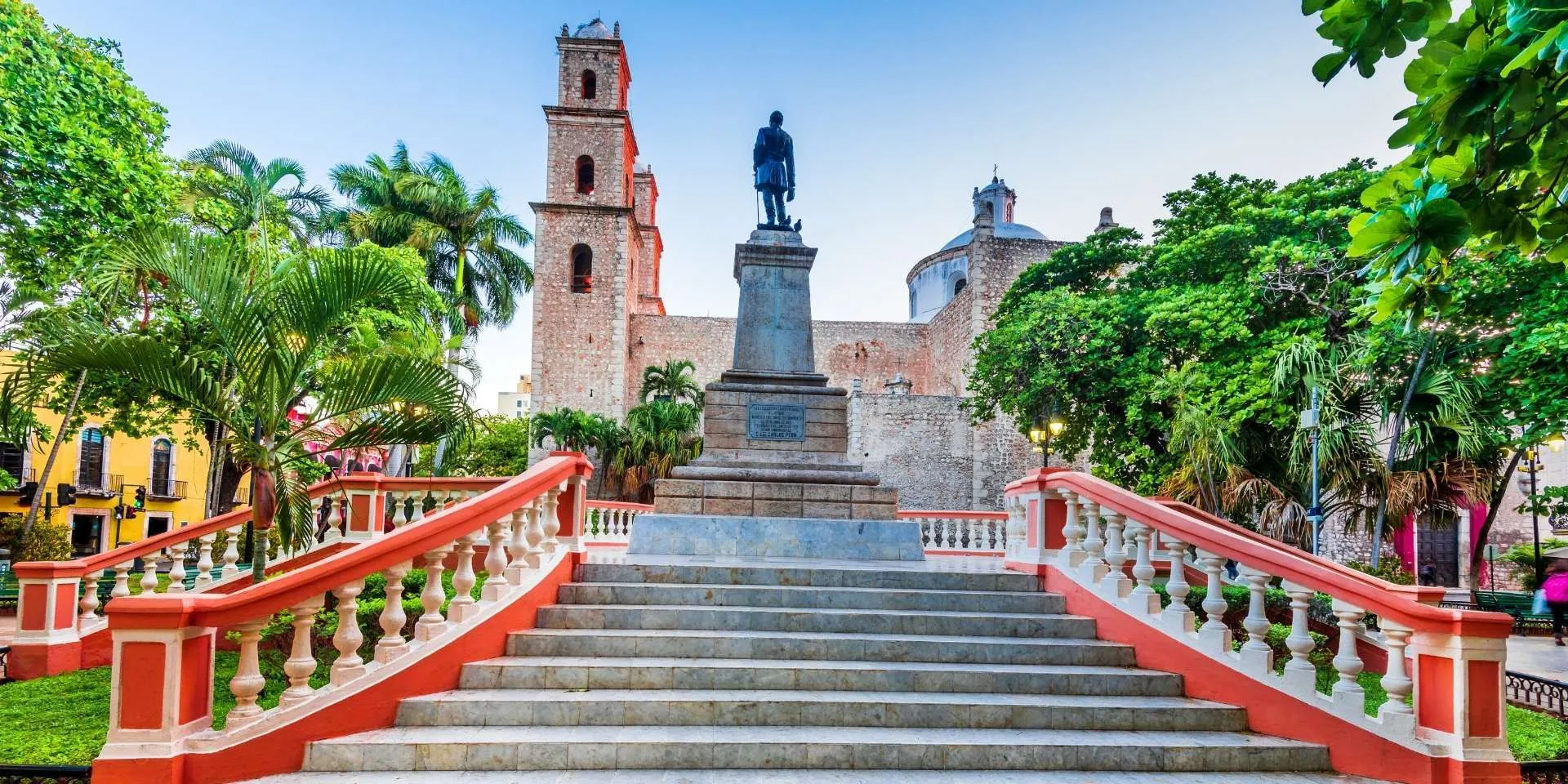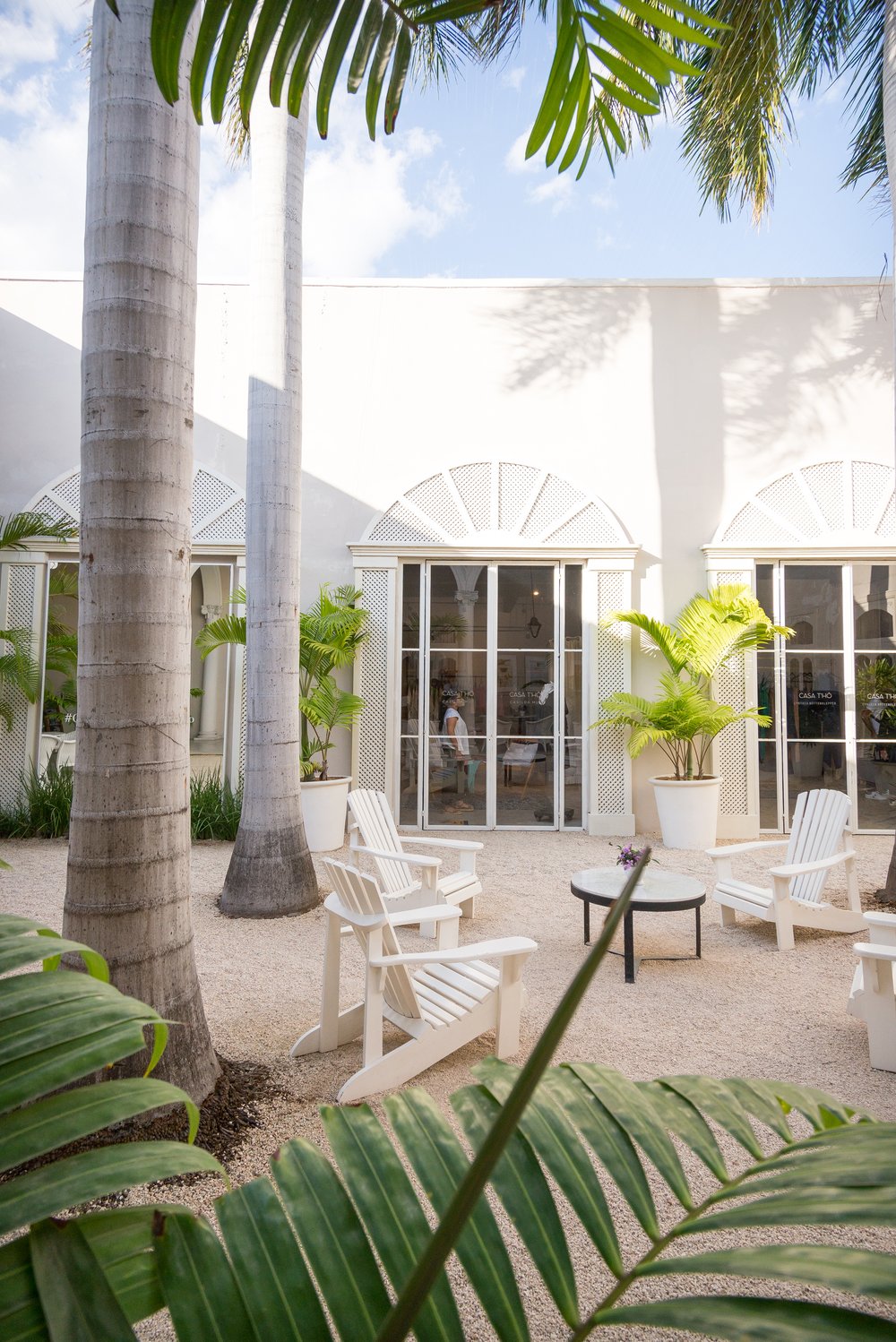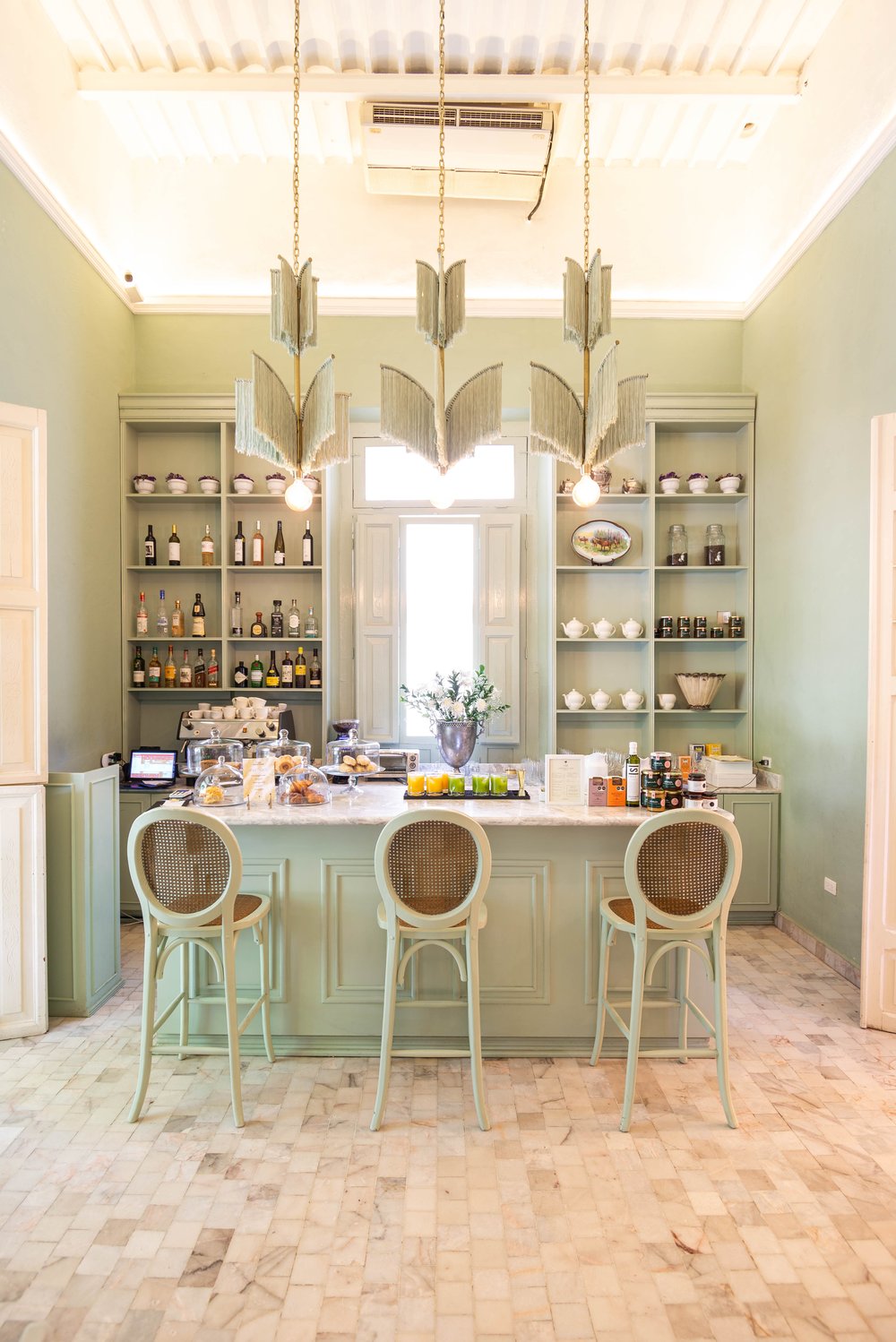Mérida Yucatán: a paradise of culture and architecture
This month we propose a route through the Mexican city of Mérida. A destination that holds a myriad of magical places, colonial architecture and high-flying gastronomy. Mérida is a plan in itself. A city full of life where you can enjoy all kinds of plans, from cultural to gastronomic. And even a trip to some of the most important Mayan ruins in the world.
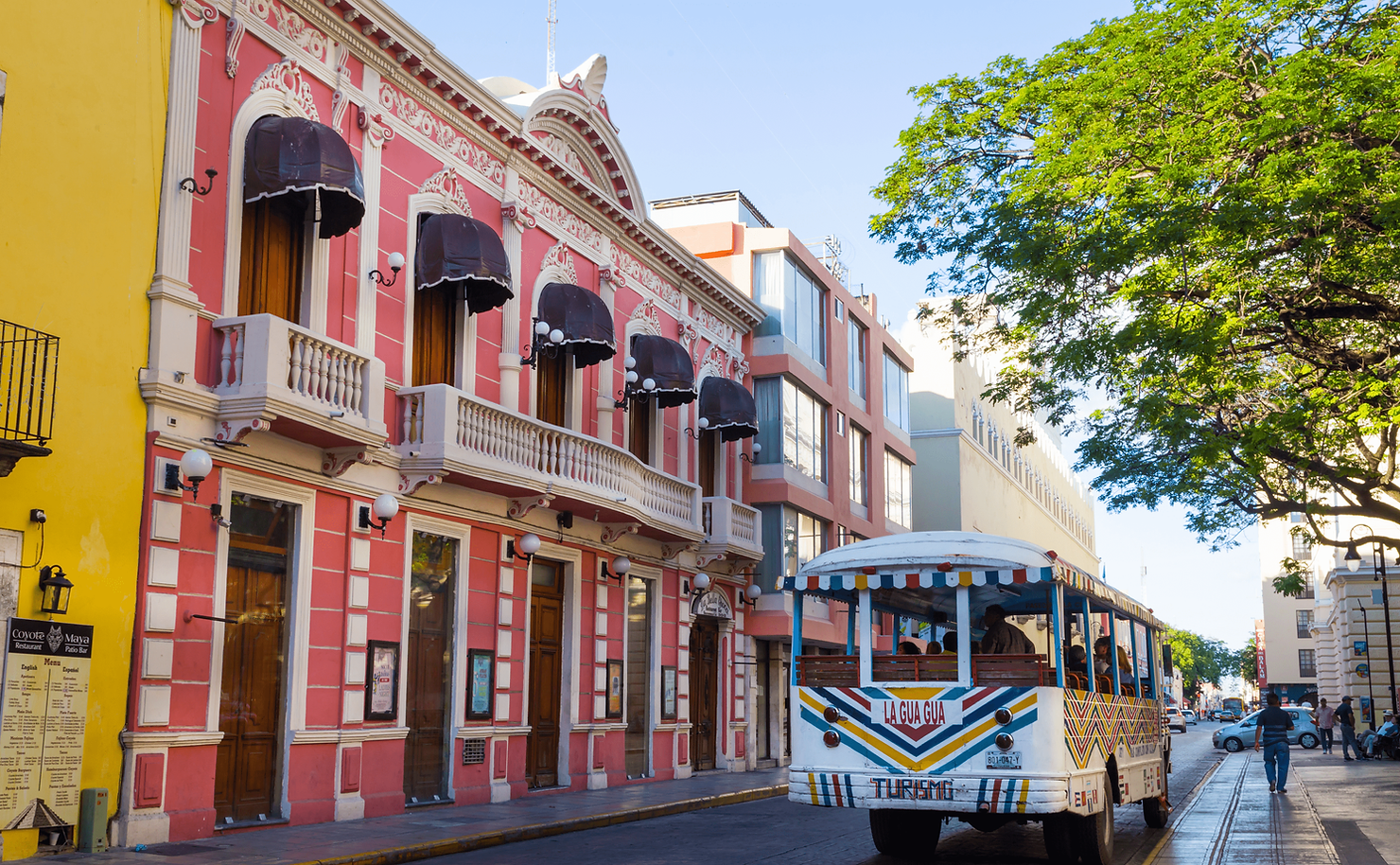
There is a well-documented legend that Columbus made a bet with the other nobles at one of his welcome banquets, after discovering the Indies, that he could stand an egg upright without the help of anything else. After the rest of the table had racked their brains to solve the riddle, Columbus, with an air of superiority, smashed the egg on the table. The grimace of astonishment on the faces of those present is still with us today, as is the moral of the anecdote: once the feat has been accomplished, anyone can see it as a simple thing.
Fifty years after his feat, not of the egg, but of crossing half the world by boat, his story would inspire another Spaniard: Francisco de Montejo el Mozo. Knowing that it was no longer impossible, he embarked on an overseas adventure to end up founding the city of Mérida, located in the heart of the state of Yucatán.
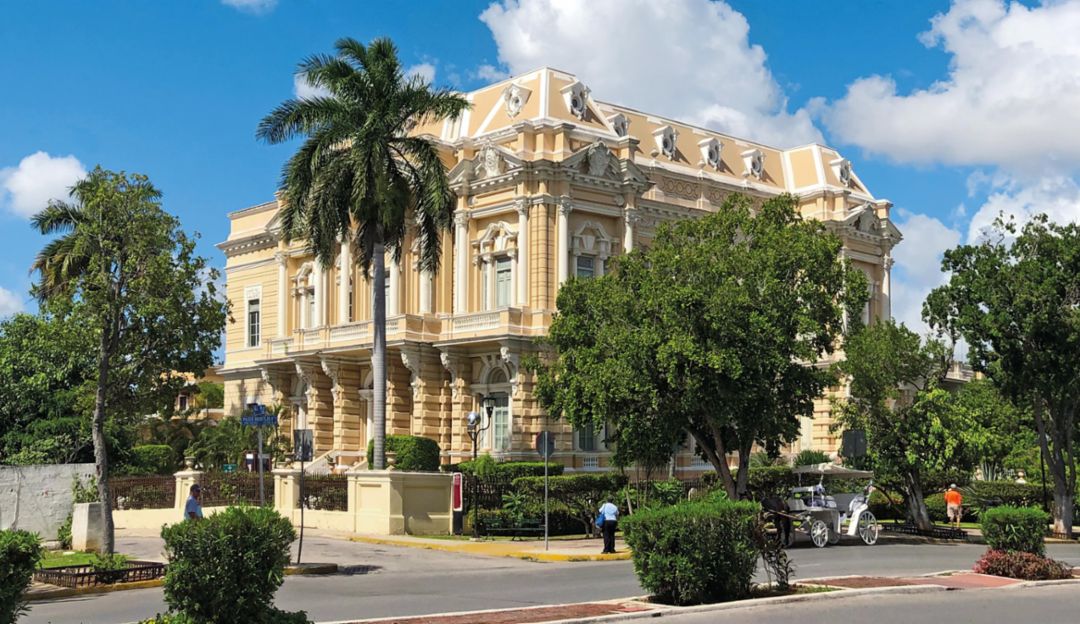
Colonial memories
A past that gives a unique personality to this city, where every corner hides a piece of history. From the vestiges of colonial architecture, present in the Plaza Grande, to Francisco de Montejo’s own house, which is still preserved. Let yourself be surprised by its streets, enjoy the Peón Contreras theatre and the music palace, or walk along the Montejo promenade at sunset are some of the experiences that cannot be missed.
Special mention should be made of the San Ildefonso Cathedral. Renamed the Cathedral of Yucatan, it is adorned every Thursday to offer a unique view to the visitor. At nightfall, its monumental façade turns into a screen where a spectacle of light and colour is projected.
If you want to delve deeper into its history, we recommend you also visit the Barrio de San Juan neighbourhood, where you can find the arch of the same name, a vestige of what was once the city wall. The arches of Dragones and the arches of El Puente, located in the peaceful neighbourhood of La Mejorada, also date from this period.
It would be from the 19th century onwards that the city would leave its past behind to open up to new architectural horizons, in a period known as the “afrancesamiento”. This transformation of the city was largely due to the henequen trade, also known as the ‘green gold’ in the region. A plant that revitalised the city and which you can learn more about at the Hacienda Sotuta de Peón.
A clear example of this new architecture are the mansions along the Paseo de Montejo: an avenue reminiscent of the great Parisian boulevards and particularly pleasant for flânerie. In other words, walking aimlessly, enjoying the road more than the destination.
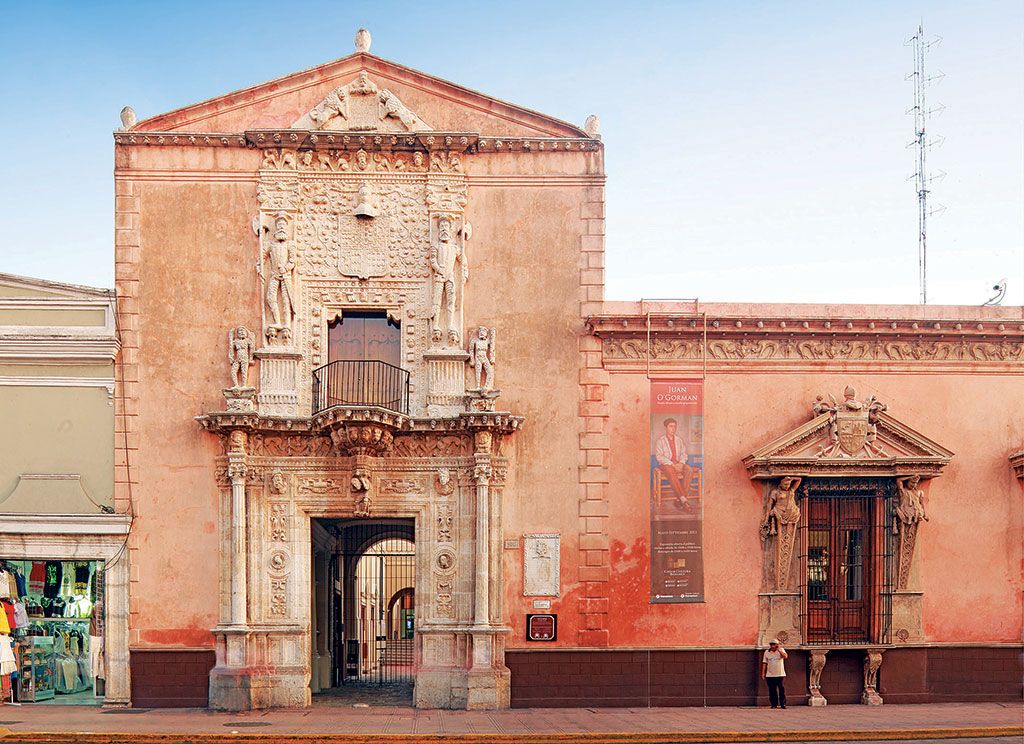
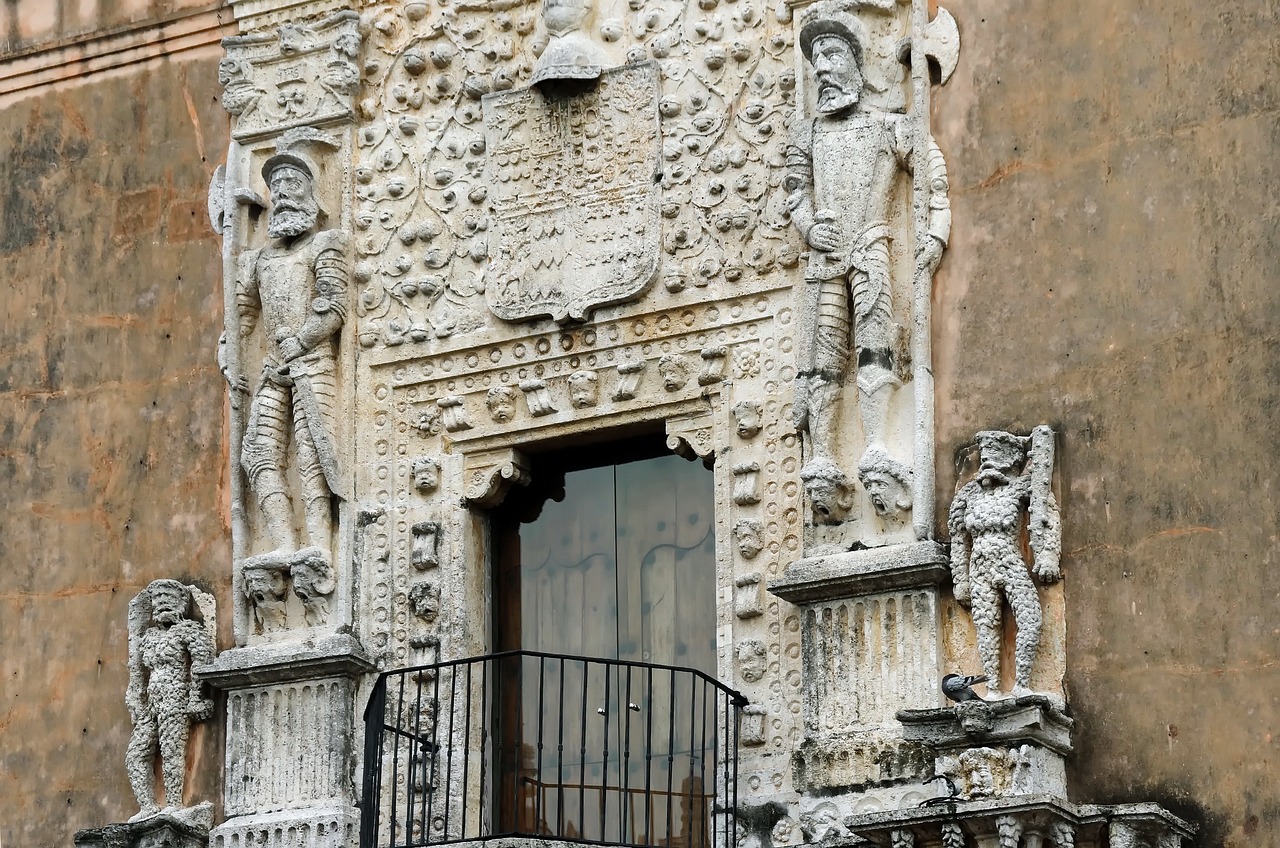
Mayan excursions
Once you have toured the city, we recommend an excursion to the excellent Mayan archaeological remains that are still preserved. Starting with Chichen Itza, perhaps the most emblematic of the Mayan pyramids on the peninsula. It is considered one of the seven wonders of the modern world and is less than two hours’ drive away. A little closer, but heading south, you can visit Uxmal, an ancient Mayan city from the Classic period and declared a UNESCO World Heritage Site in 1996.
And if you prefer something even closer, you can visit the archaeological ruins of Dzibilchaltún, crowned by the Temple of the Seven Dolls. A magical place, especially in spring, as during this equinox you can see the sun coming through the gates, offering a unique perspective of the complexity and precision with which the Mayans built their temples.
We leave for last the famous cenotes: caverns sculpted by a meteorite that fell near what is known today as Merida, creating the Chicxulub crater. This meteorite, which put an end to the age of dinosaurs, also created these unique spots where visitors can now take a dip. In fact, the city of Mérida is literally surrounded by these formations, so you can choose the one you like best for an unforgettable getaway.
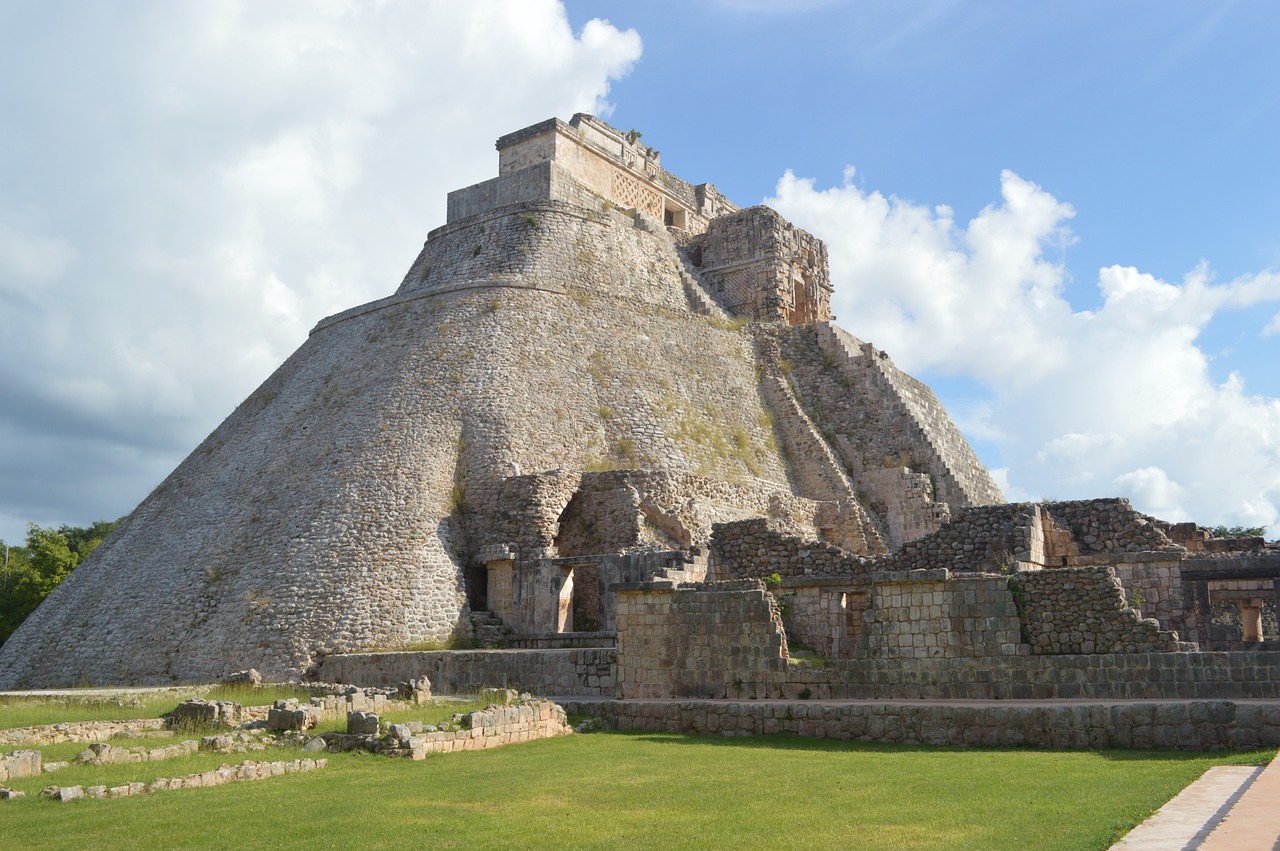
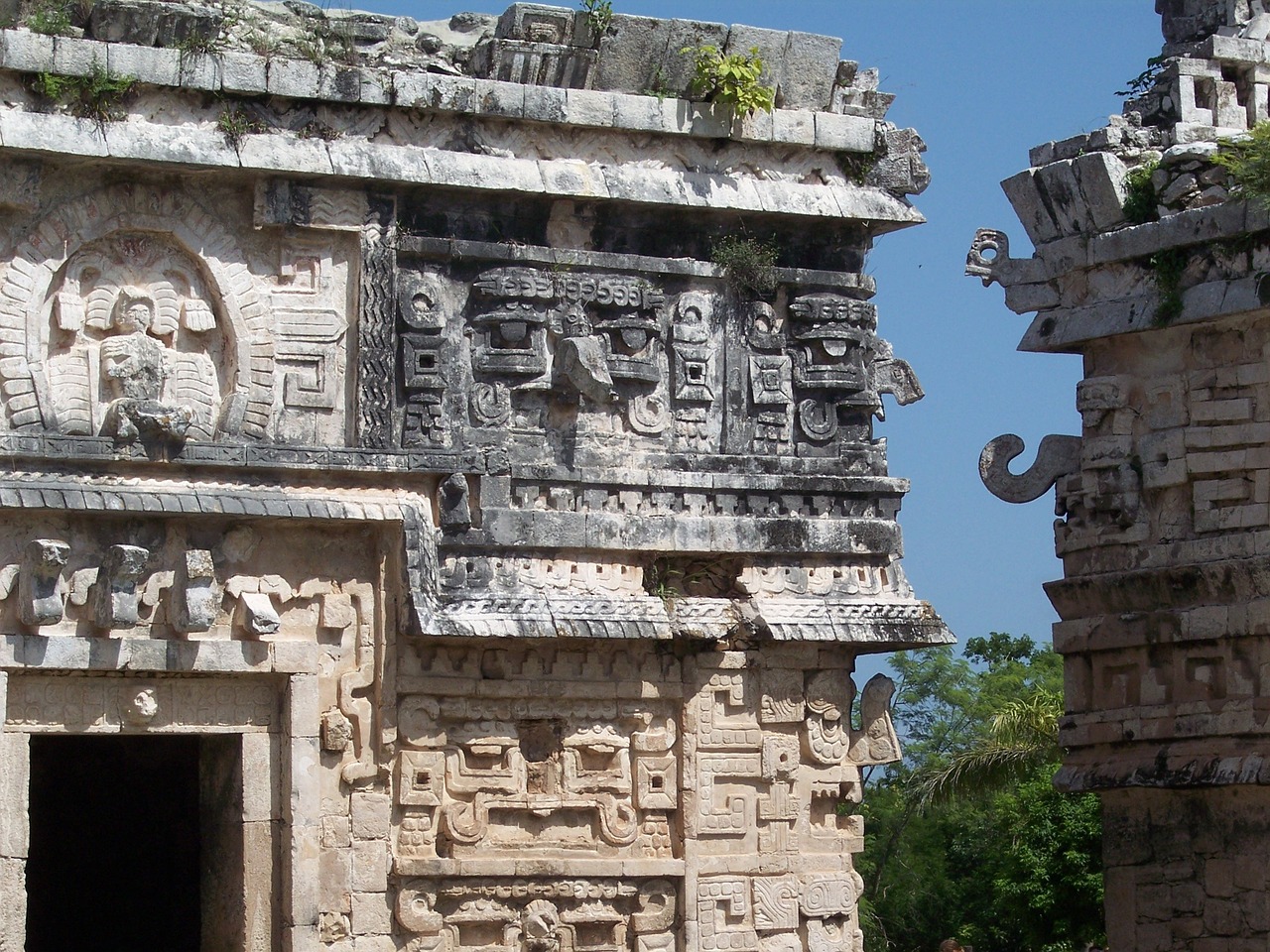
The Lira House
We have already been inspired by the sights and monuments that Mérida has to offer. But you’re probably wondering if there is an equally magical place to stay. The answer is yes: the Casa Lira.
This property was the home of journalist Carlos Menéndez (1872-1961), founder of the Diario Yucatán. This newspaper, a pioneer of the independent press in Mexico, celebrates its centenary in 2023, and served as a loudspeaker for Menéndez to denounce social injustices. In fact, the façade of the house itself served as a communication tool, where he hung messages in the form of a “lira popular”, a five-line verse of Spanish and Italian metrics. The elderly people of Mérida still remember the poet’s verses on its façade, which is why it is popularly known as Casa Lira.
The house has a perfect location, close to Paseo de Montejo, and surrounded by sites of historical and cultural interest such as the Museum of Anthropology, the Church of Santa Ana, the Santa Lucia Park or the Plaza Grande.
In fact, its location is unique. There are only a dozen houses listed as historical heritage in Paseo de Montejo, and of these, only a couple of them are preserved as residential houses.
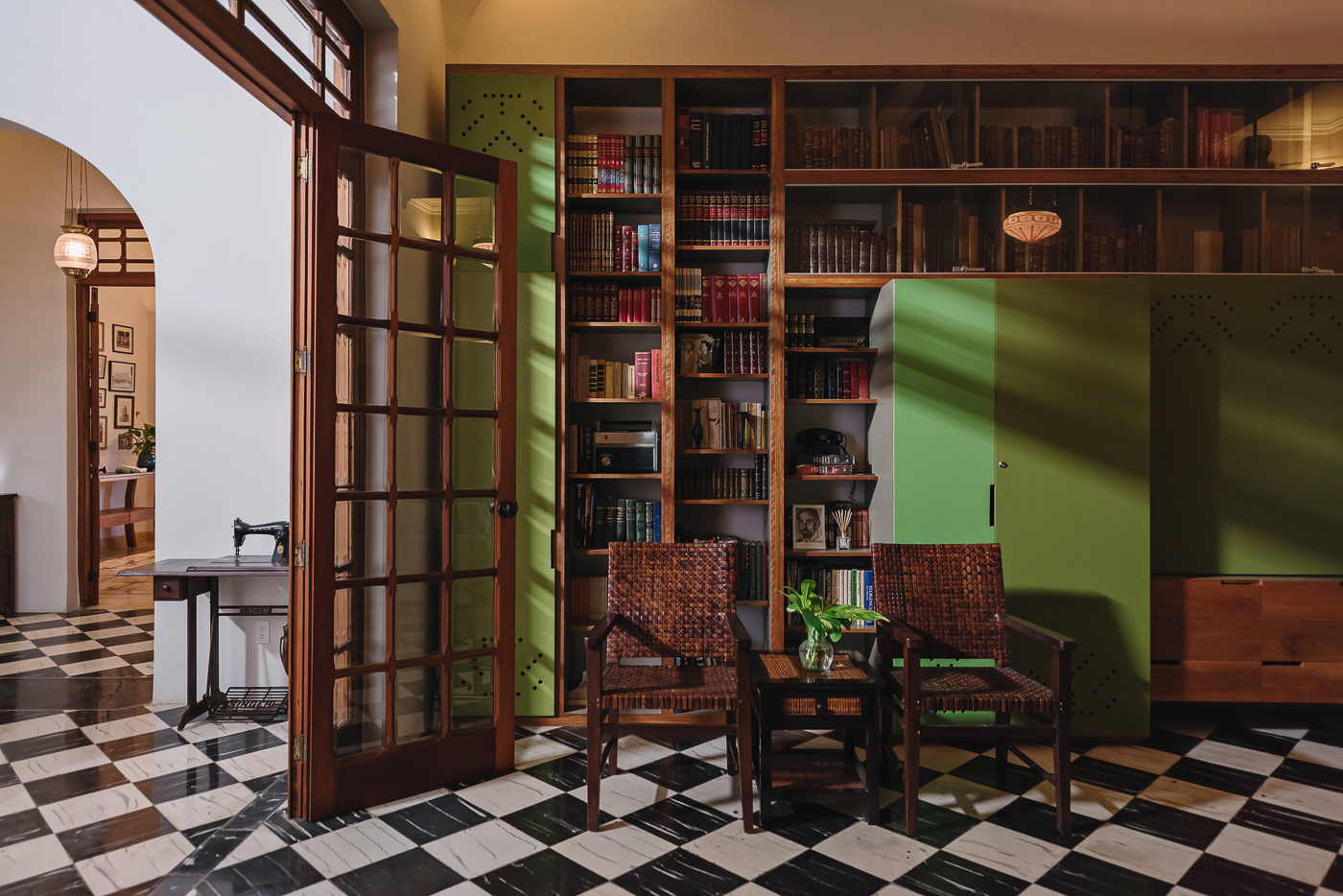
In addition, the property was remodelled by the studio Reyes Ríos + Larrain, architects, together with Roberto Hernández (Banamex), of the revitalisation of many of the abandoned henequen haciendas in Yucatán. An author’s stamp that is committed to the preservation of the old and to the principles of wellbeing and sustainability.
A house with history, undoubtedly, but also a space where you can enjoy your stay. For example, during sunset on the rooftop terrace, from where you can admire the Twin Houses, one of the most emblematic monuments of Paseo de Montejo. Or enjoying the porch in the rocking chairs and the refreshing indoor swimming pool.
Learn more about Casa Lira
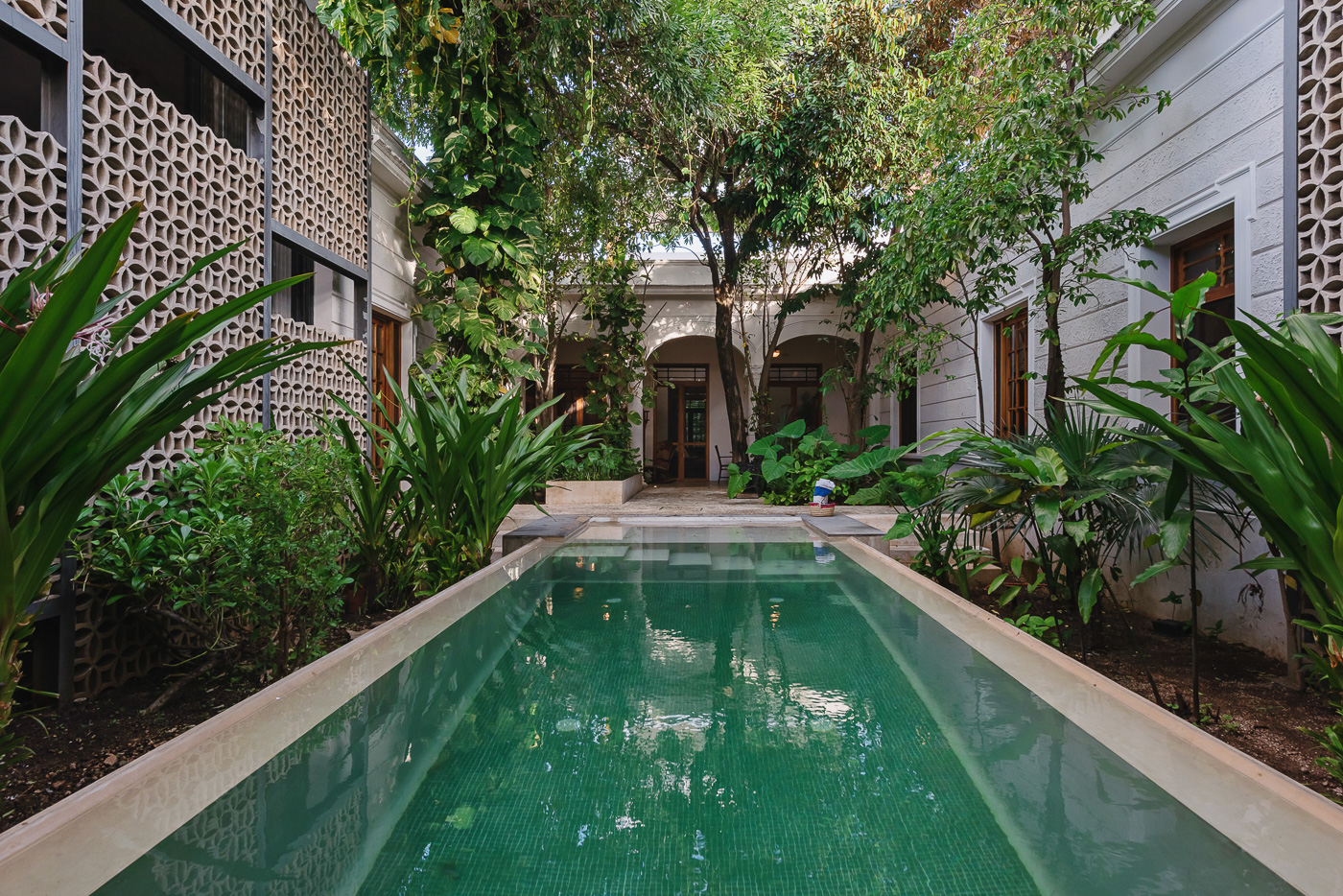
Mexican gastronomy
The state of Yucatán in general, and Mérida in particular, offer visitors a wide variety of internationally renowned gastronomy. Proof of this are signature restaurants such as Kuuk and Huniik, both very close to Casa Lira. These are places that are committed to local produce as the norm, but which revolutionise the centuries-old Mexican cuisine to surprise diners.
For breakfast we make several recommendations. Just around the corner from Casa Lira is El barrio, rated as one of the best places for breakfast and brunch. We also recommend Pan & Køf.fée, specialising in French cuisine, where you must try their tender quiche, tasty laing and unique eggs benedict.
If you’re looking for something more traditional, you can sit down at Kool Kaab, a cosy tortilla shop where you can enjoy corn in all its forms: tamales, quesadillas, tacos and even drinks. Or you can enjoy traditional Yucatecan food at Hacienda Teya, which has just opened a third branch in front of Santa Lucia Park.
For seafood Crabster’s is highly recommended, on Paseo 60, an area where you will find great places to eat.
The Colón sorbetería is on Paseo de Montejo (a local tradition) and has sorbet and ice cream made from natural local fruits. Another recommendation is the paletería Las Rellenas de la 60, whose ice creams are made from seasonal fruits and sweets.
Dinner, of course, has to be in this same park. A space that gains in charm as the sun goes down. Here, besides Hacienda Teya, you can find restaurants such as Apoala, specialised in Oaxacan food and where on Thursdays you can enjoy a Yucatecan serenade.
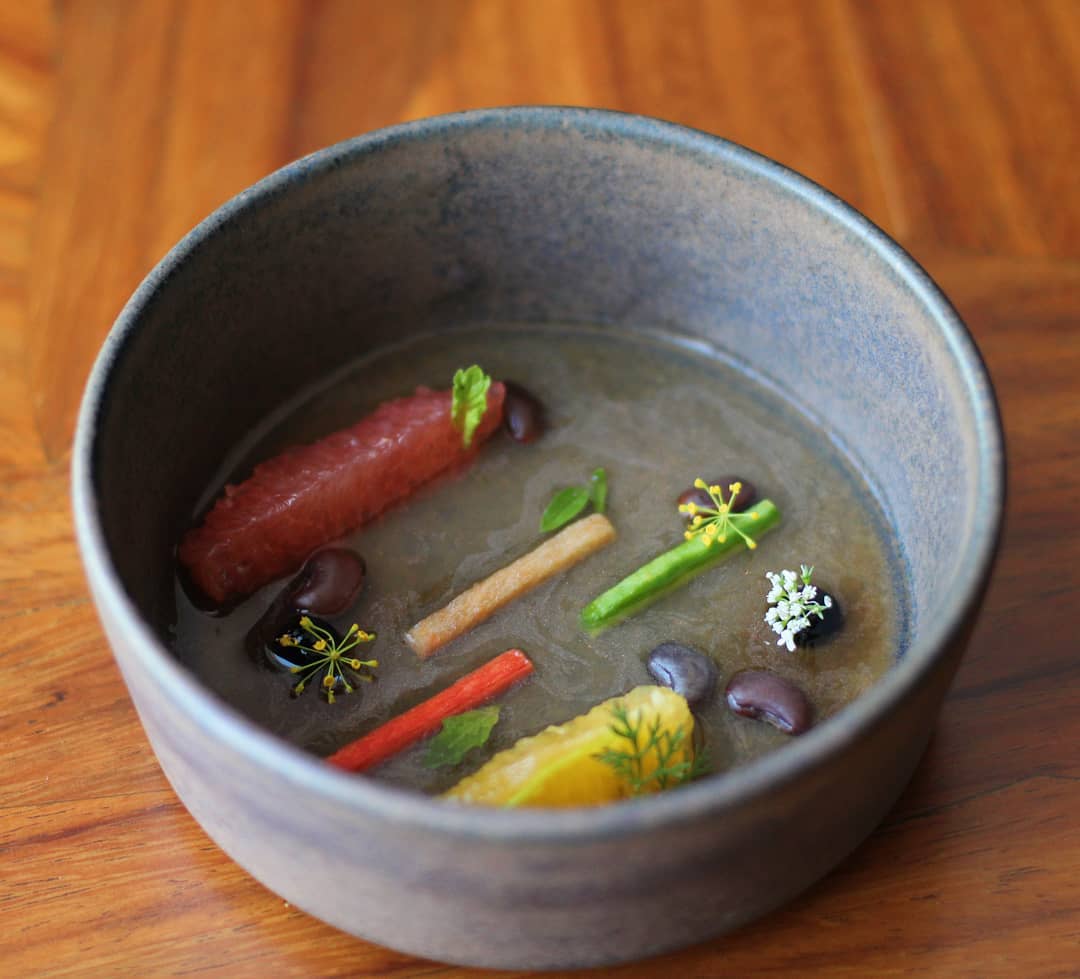
Local crafts
We recommend the Entrepiso craft shop on Calle 60.
For shopping for handicrafts or national products near Casa Lira is Casa THŌ Concept House, a 19th century palace converted into an interesting cultural and leisure proposal with boutiques of Mexican brands, a restaurant, an art gallery where you can also enjoy jazz concerts.
Editor: Juan Antonio Marín.
